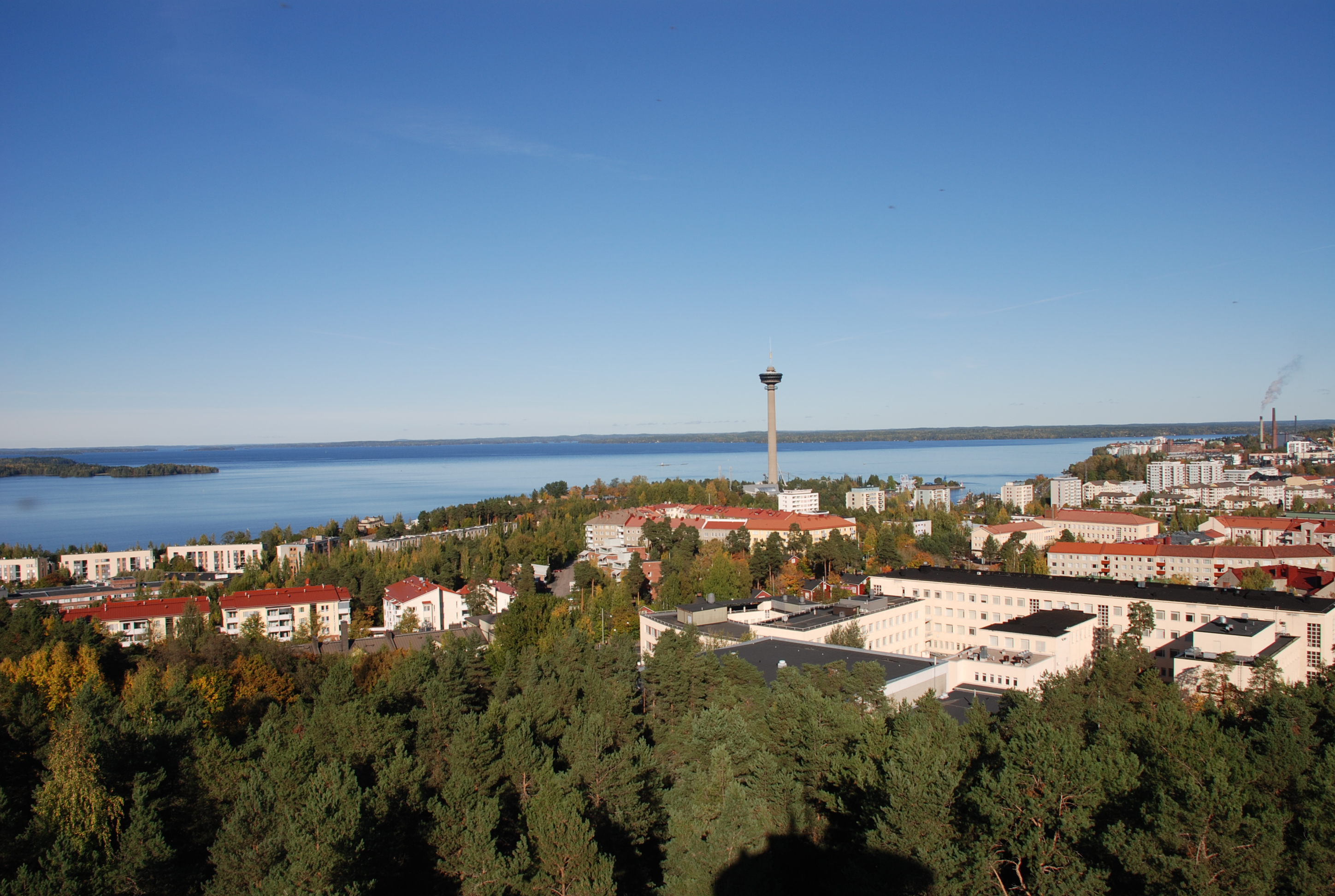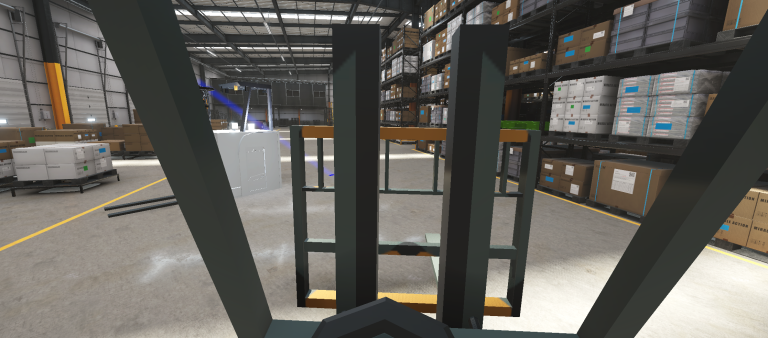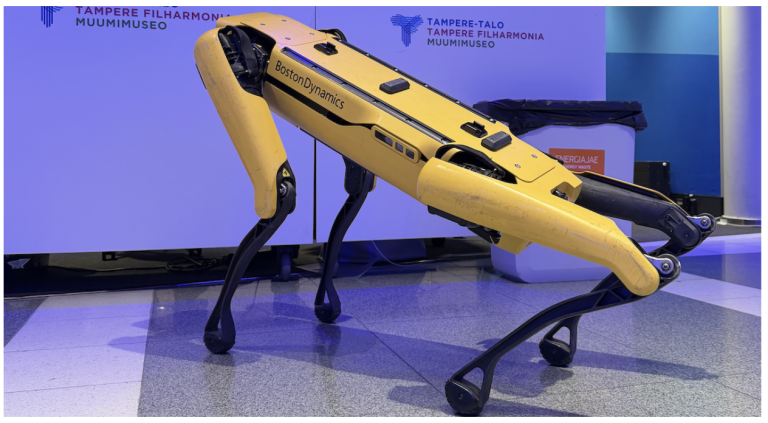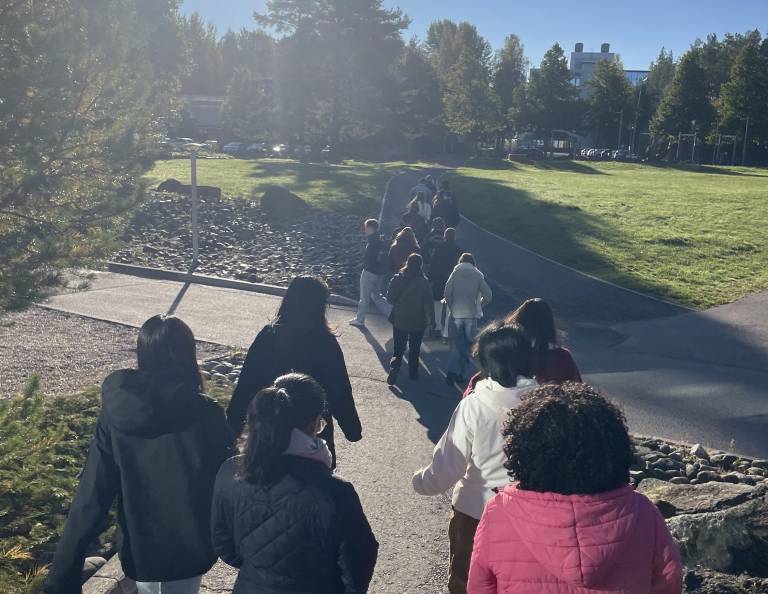Story. Already 4 years ago we started our social robotics education and research in Computing Sciences unit. Since that, we have learned a lot about the social robots, and the robotic family has grown as well. For several years, we stored the robots in a “garbage cupboard”, from which we handed the robots for the students and other users when needed. We worked with the robots in our offices and whatever meeting room or class happened to be available. From the beginning, there was a dream of a more usable space to keep the robots and work with them. The dream has now become true, and we already love the Robostudio 😊
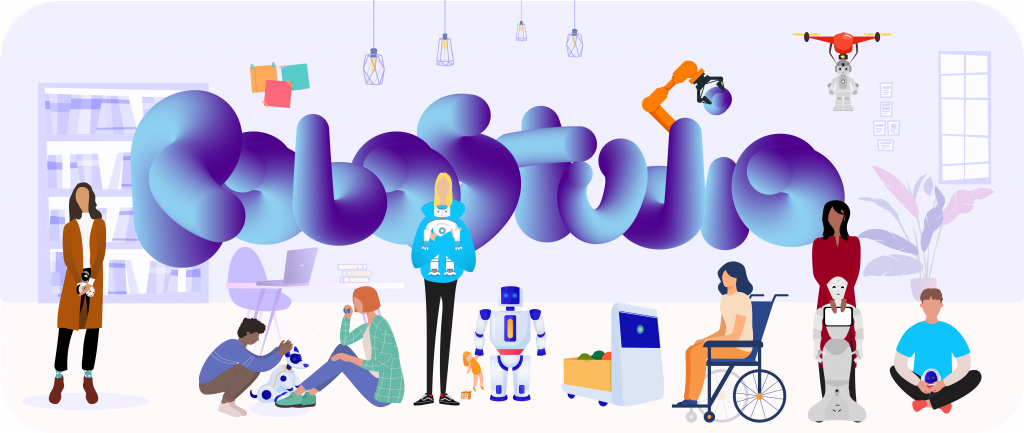
Robot family. We have several kinds of social robots in Robostudio, for example:
-Pepper, who is a great icebreaker in events
-Nao, who is very capable of running physical exercise sessions
-Alphamini, loved by the kids
-Cozmo, easy-to-program, small but efficient mobile toy robot
-Temi Robot, for wellness and office tasks
-Clicbot, easy-to-program, can have different shapes
Robostudio space. Robostudio is a co-learning space for everybody who is interested. We have a locked cupboard with glass walls where we can keep all robots and their equipment in safe and organized place. We easily can give access rights for students and staff who will be working with the robots. The furniture of the space is still under planning, but the purpose is to have movable desks and chairs for active collaborative work (including also standing desks for those who don’t want to sit all the time). The spirit of Robostudio is energetic, collaborative and dynamic. For us, inclusiveness, great team spirit, and creativity are values that matter most.
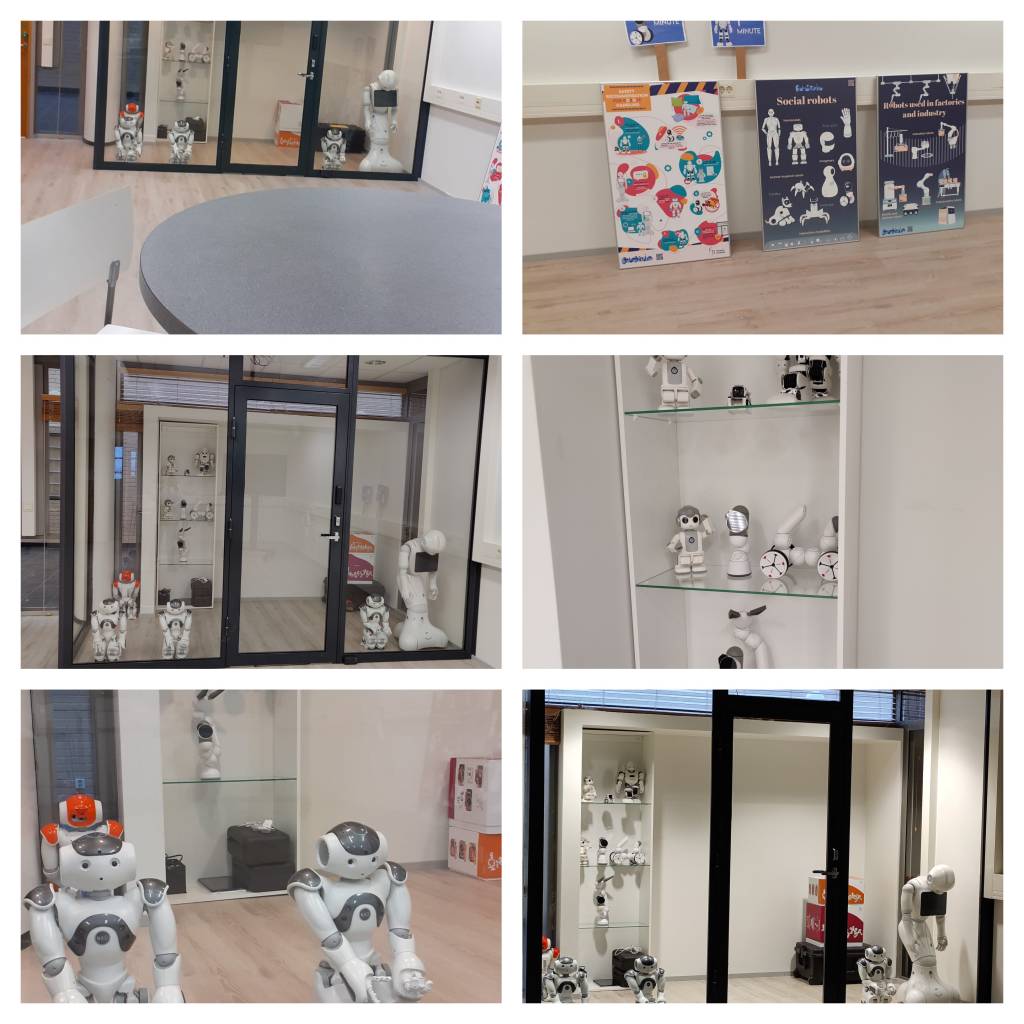
Co-learning between pupils and students around social robots. Right now we are making research about co-learning in Robostudio. The main aim of the Robostudio co-learning research is to bring the university students, school pupils and their teachers together in the process of learning around social robots and robotics. In the first phase of the research, we arranged an exploratory study with these groups to investigate what kinds of novel activities could be designed for co-learning with and about social robots. The participants were engaged in participatory design through an online workshop through Zoom. Combining the innovative and creative ideas derived from the participants in these workshops, we will be designing co-learning concepts around social robots in the Robostudio.
On the last phase of the research, hopefully in May 2022, the participants including primary school pupils and university students, can visit the Robostudio. There, they can actively engage in co-learning with the social robots and other learners and pilot some robotic co-learning activities. Some classes from Tampere and Kangasala schools have already enrolled to this activity 😊
As children typically are highly creative and their imagination has no boundaries, their ideas can be very novel and bold. Working with children can help the university students to break their creative barriers. University students can on the other hand facilitate the school children’s learning with the diverse types of robots in the Robostudio and motivate them to learn and understand more about social robots. University students can also bring their experience and technical knowledge during the learning process and the combination of both groups’ ideas can help in developing innovative and practical design concepts for robots. Thus, during the co-learning experience, apart from the designing of tasks and activities of social robots, we expect both the user groups to learn something new from each other when they are working together.
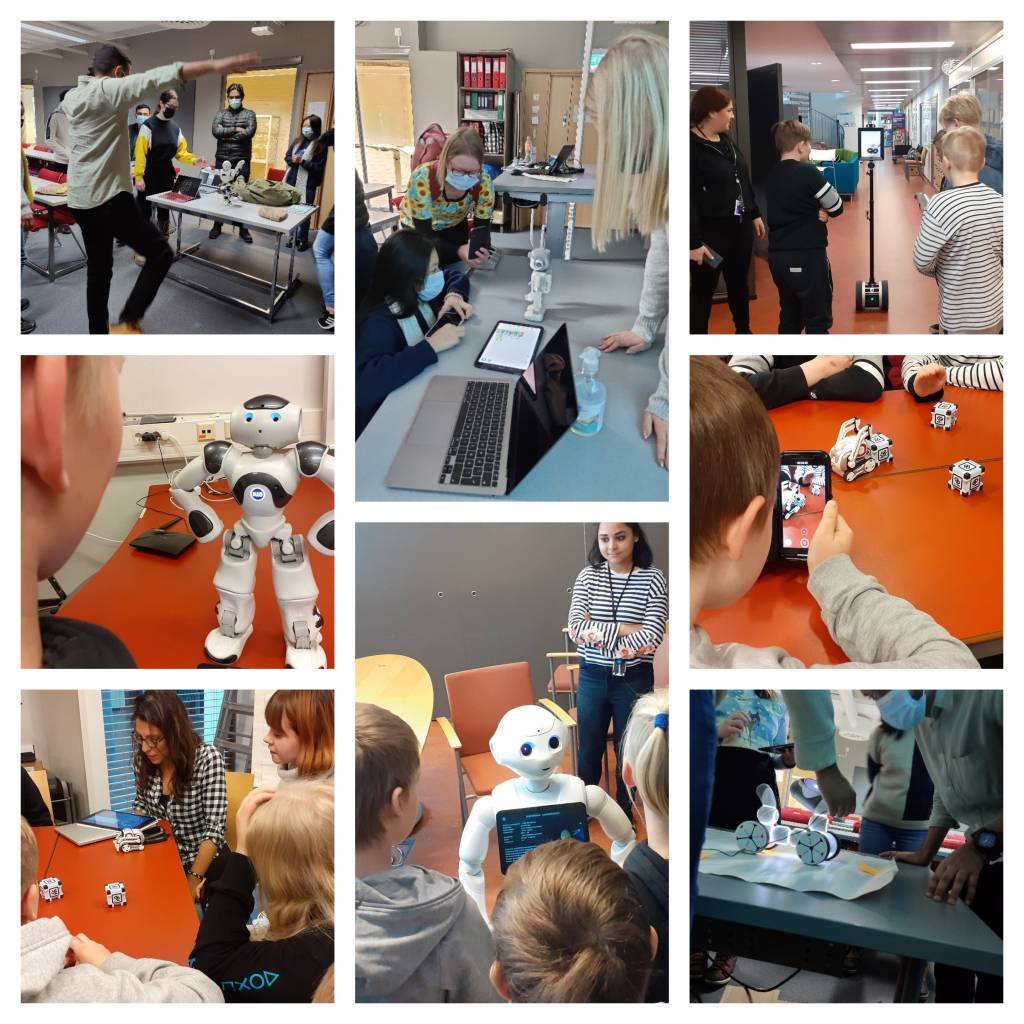
We welcome multi-disciplinary robotic learning activities and projects to collaborate in Robostudio, and we are happy to demonstrate our robots if you want to familiarize yourself with them! You can find Robostudio and us in TC131, Hervanta campus.
Written by the Robostudio team Aino Ahtinen, Aparajita Chowdhury, Valentina Ramirez Millan and Gayathri Menon
—-
More about Robostudio and its activity:
https://blogs.tuni.fi/cs/teaching/kids-robots-interaction-and-how-kids-approach-robots/
https://blogs.tuni.fi/cs/teaching/user-experience-in-robotics-presentation-and-demo-session/

